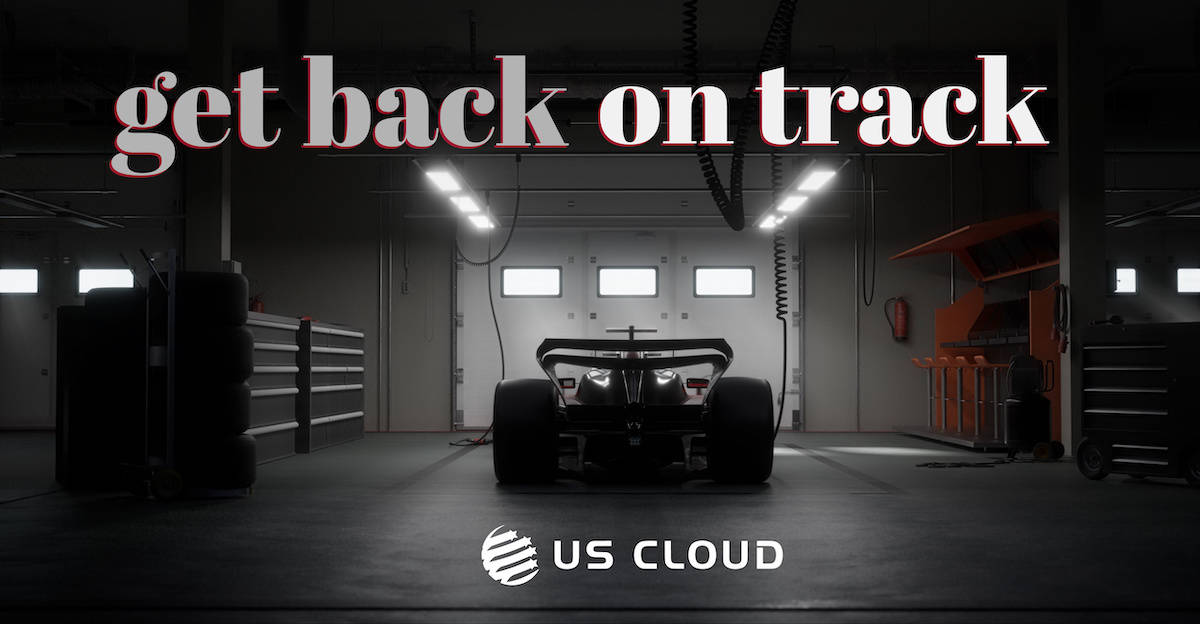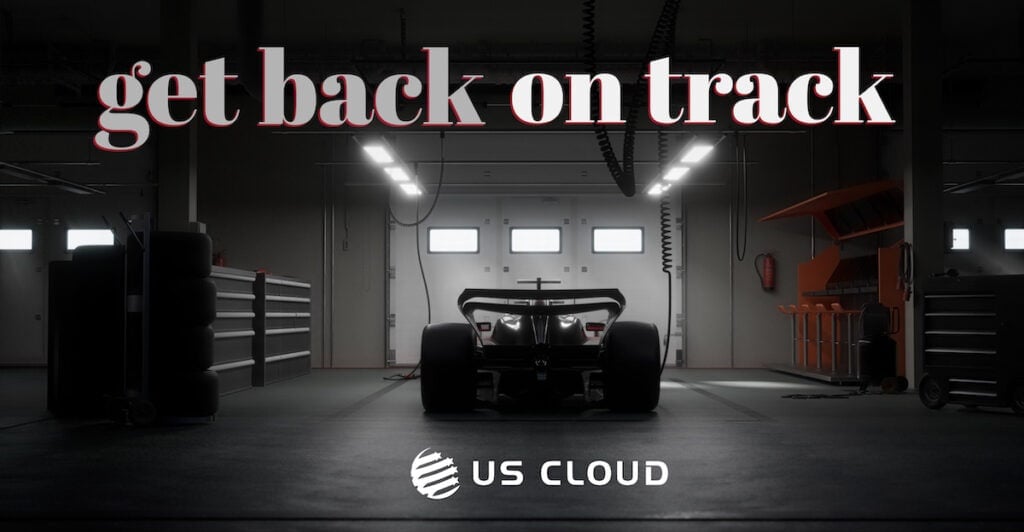

Taking Control of Your Enterprise IT Roadmap Process.
Taking Control of Your Enterprise IT Roadmap Process
Due to ongoing inflation, rising federal interest rates, and investment struggles across the EU, CIOs are facing some of the most difficult economic conditions seen in the last 40 years. Vendor prices continue to rise, some up to 24%, which is three times the rate of inflation. It isn’t all bad news though.

Driving Your Digital Agenda
IT leaders are committed to driving their digital agendas, with 80% planning to increase their digital transformation investments and 96% looking to reduce overall costs to make that happen. Although it’s a solid start, there are still potential roadblocks.
A look at the economics of enterprise IT in any organization today will show that 90% of the budget is used to keep everything running. This only allows 10% to be used towards innovation. The problem is exacerbated by vendor-dictated policies that make it harder for CIO’s to change the situation they’re in. Locked into difficult contracts, companies struggle to advance their digital agendas and lose control of what shapes their business goals and technology strategy. Companies need to focus on creating a solid IT roadmap to overcome these challenges.
What is an IT Roadmap?
An IT roadmap should align with the goals, priorities, resources, and timing of just the business. Any mandates from outside sources should be excluded. Roadmaps translate the company’s business objectives into tech initiatives that will help achieve the organization’s long-term goals through a three-to-ten-year plan.
The issues begin when a vendor interrupts your roadmap with new changes to their process. Vendors, especially larger ones, are notorious for charging existing clients massive upcharges, abolishing cost-saving tier pricing, and unfavorable bundling tactics. Most companies opt to take the easy road when it comes to maintenance and support by relying on the same providers that sold them the product and licenses.
When the OEM decides to change aspects about the product longevity, upgrade frequency, and price changes with no customer input, companies lose what little control they have in that aspect. When it comes to maintenance and support, this is especially true.
Vendor Roadblocks
There are several common vendor service issues that can stand in the way of the development and implementation of your company’s IT strategy:
End of Support
As vendors phase out software support for older versions, customers are forced to perform costly, time-consuming upgrades just to retain a minimal level of support. Without these upgrades, your company and its operations are at risk.
No Guarantee of Innovation
Paying more for maintenance fees doesn’t guarantee innovation. Since most vendor resource and development is focused on creating new releases, products, and acquisitions, there’s little incentive for them to improve on existing solutions. Their current customers are already locked in, which reduces their risk of turnover, so the need to innovate isn’t a priority.
Forced Migrations and Upgrades
Vendors want their customers to constantly migrate to the latest platforms and releases based on the vendor’s timeline. This often comes at a significant cost in time and resources with very little return on investment for the customer.
Diminished Support on Older Products
Despite the expensive annual support fees, customers receive poorly rated services that are missing important support features. Without fixed OEM SLA’s, customers are forced to wait days, weeks, or even months for fixes.
Excessive E-Waste
Globally, almost 60 million metric tons of e-waste was generated in 2022, a figure that is projected to continue growing every year. Corporations contribute to this staggering figure by increasing the amount of hardware purchased instead of supporting a long-term IT strategy. The more hardware you replace, the more e-waste your business generates.
If your company has experienced any of these constraints, your IT roadmap is in jeopardy.
Controlling the Trajectory of Your Roadmap
If the vendor-based IT model is limiting our performance and interrupting your digital acceleration, it may be time to seek out alternative options. The first step is knowing what questions to ask.
One of the best approaches is to look at your situation and evaluate potential improvements. You shouldn’t assume the newest upgrade is the best one for your organization. Instead, you should seek ways to free up resources to help grow the business. Questions you should be asking include:
- Do we need new technology?
- How would this upgrade improve the company’s agenda?
- Does the support we receive match the investment?
- Do we have to upgrade? What options are available?
- Are issues resolved quickly? What’s the average wait time?
Additionally, greater flexibility can often be found through third-party support providers. By engaging with multiple service companies to replace inflexible ones, organizations can draw from the varied and specialized skills of multiple sources. Alternatively, you could find a singular third-party vendor that offers everything you need in one convenient package like US Cloud.
Benefits of Owning Your IT Roadmap
Getting out of bad vendor lock-ins is only part of the business case for reclaiming ownership of your IT roadmap. Greater control of your IT infrastructure improves daily operations, revenue generation, and scalability of your company.
Reduced Disruptions
Maintenance and updates may be unavoidable, but they don’t have to be constant. The frequency of these processes and the disruptions they cause are doing nothing to further your business in the moment. The more you can minimize their occurrence, the better off you will be in the long run.
Optimized Flexibility
While monitoring the performance of your IT infrastructure, you will eventually find that some of your existing solutions can’t deliver their original value anymore. You may also find gaps in the capabilities of your current IT setup. The flexibility to add and remove solutions from your tech stack will allow you to implement the best changes and support your business’ goals at any time.
Modernization
Modern, flexible software solutions feature more expansive capabilities and efficiencies than ever before. From automation to business rules to energy consumption, your technology is optimized based on value and performance to provide you with the best experience possible, a far cry compared to the legacy solutions they are replacing.
Complete IT Control
Software lock-ins and inflexible legacy support agreements often increase vendor profits since you are forced to pay for a bundle of services where you only utilize a fraction of the offered solutions. Using specialized vendors that don’t nickel-and-dime you helps control your overall spend and cuts out unnecessary solutions from being part of the equation.
Leverage in Vendor Negotiations
The more options at your disposal, the less likely you are to get trapped into an unfavorable IT solution. With greater access to a broader marketplace and insights into different services offerings and pricing models, you now hold more cards to negotiate fair prices for vendor services.
More responsive solutions with less downtime will create a greater customer experience. This impacts profit margins and can elevate customer satisfaction and produce a measurable increase in customer retention. Once you’ve stabilized your existing customer base, you can focus on future growth.
Take Control of Your Technology
Breaking free of using singular, massive vendors like Microsoft for all your IT needs is difficult, but it gives you control over your IT real estate again. When companies operate under their own roadmaps, they are free to optimize existing resources and legacy systems as they see fit. You can make your own decisions around when to roll out upgrades, when to accelerate applications that enhance overall business operations, and all without vendor tactics deciding when and where this occurs.
This flexibility is crucial in the current business climate. A strong, agile roadmap can be the difference between being stuck locked into an unfavorable vendor contract and positioning your organization for future growth.
